- Leicester’s first council owned flats were built in 1900 on Winifred Street
- 162 houses were built in 162 days on the new Park Estate in the 1920s
- After World War Two 500 temporary pre-fabricated houses were built but people lived in them until the 1970s
Homes fit for Heroes: The Early Development of Council Houses in the City
In November 1918, the Prime Minister David Lloyd George stated that Britain should build ‘homes fit for heroes’. Parliament decided to make local councils responsible for providing new housing.
In 1919 Leicester City Corporation had 1,455 people needing a house and began building houses on the Coleman Road Estate in North Evington and the Tailby Estate in West Humberstone. By October 1924, 746 houses had been built on these estates.
In 1924 building started on the Park Estate, now known as the Saffron Lane Estate. 1,000 houses made from concrete were built on the estate and 500 were built on the Braunstone Estate. They were called ‘Boot’ houses after the building company Henry Boot which built many council houses across the country. The concrete Boot houses were quicker to build than standard brick houses. They weren’t cheaper to build to than standard houses, costing £465 per house compared to £395 for a brick house, but needed less skilled labour. There was a severe shortage of skilled labour to build the new council houses. During this time, it was estimated that only 140 construction workers out of a total of 4500 in the city were building council houses.
In 1925 the Corporation brought the 1,200-acre Braunstone Estate. The plan was to build 1,200 houses on the site. The estate was carefully planned in the Garden Suburb style; where there were wide streets with trees, open spaces and grass verges. The houses had gardens and were very light; bungalows were provided for elderly people.
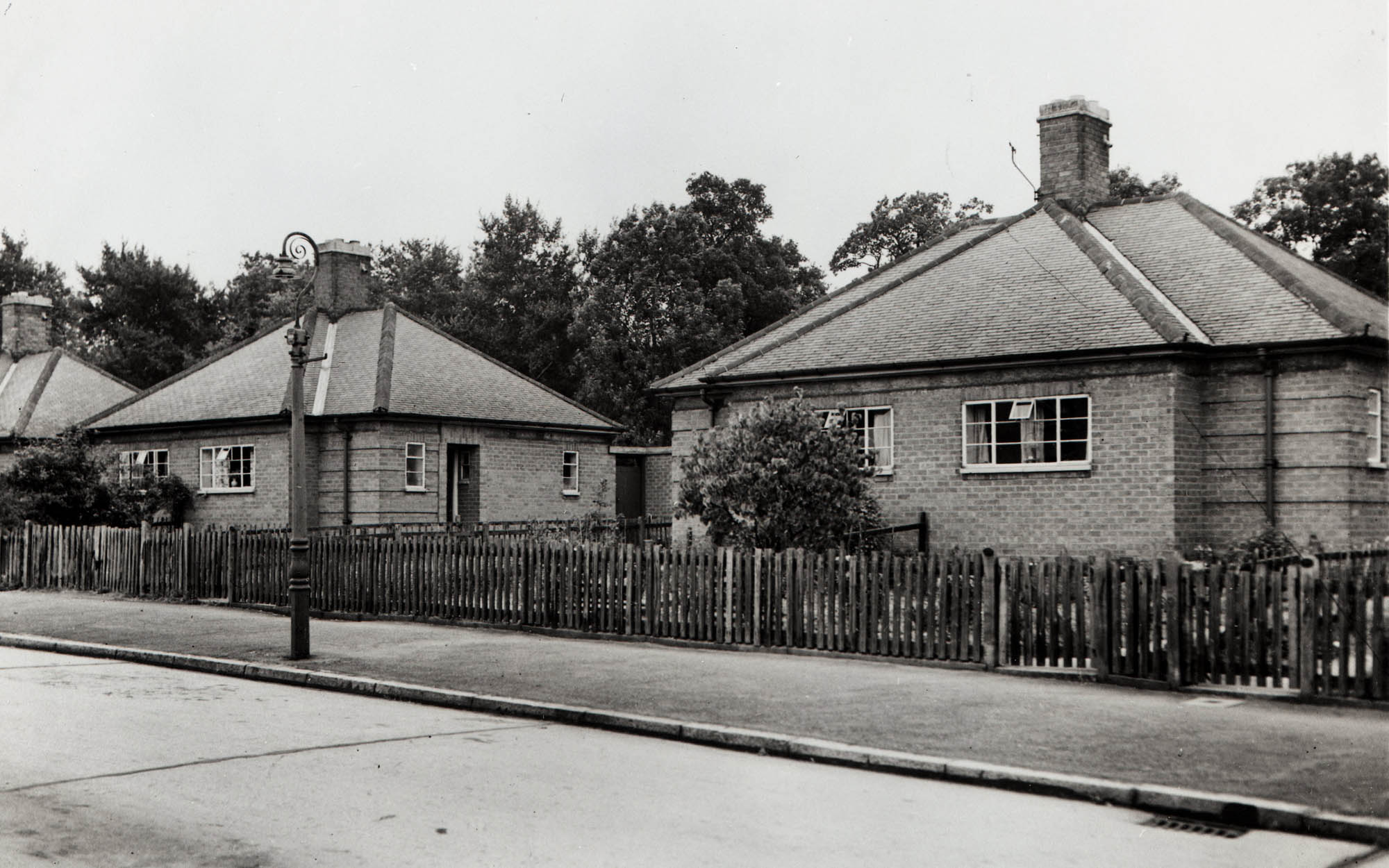
The £299 Council House
In 1922 Leicester based architect Arthur Wakerley designed the £299 house as a response to the housing shortage after the First World War. Wakerley’s innovative design of sharing services between two semi-detached houses including, chimney stacks, roof ridges, water and gas pipes, meant that the cost of construction was only £299 as compared to £433 for standard houses.
Examples of Wakerley’s innovative houses can be found all over the City. There is a particularly good example on Linton Street where the houses externally remain little changed and are Grade 2 listed buildings.
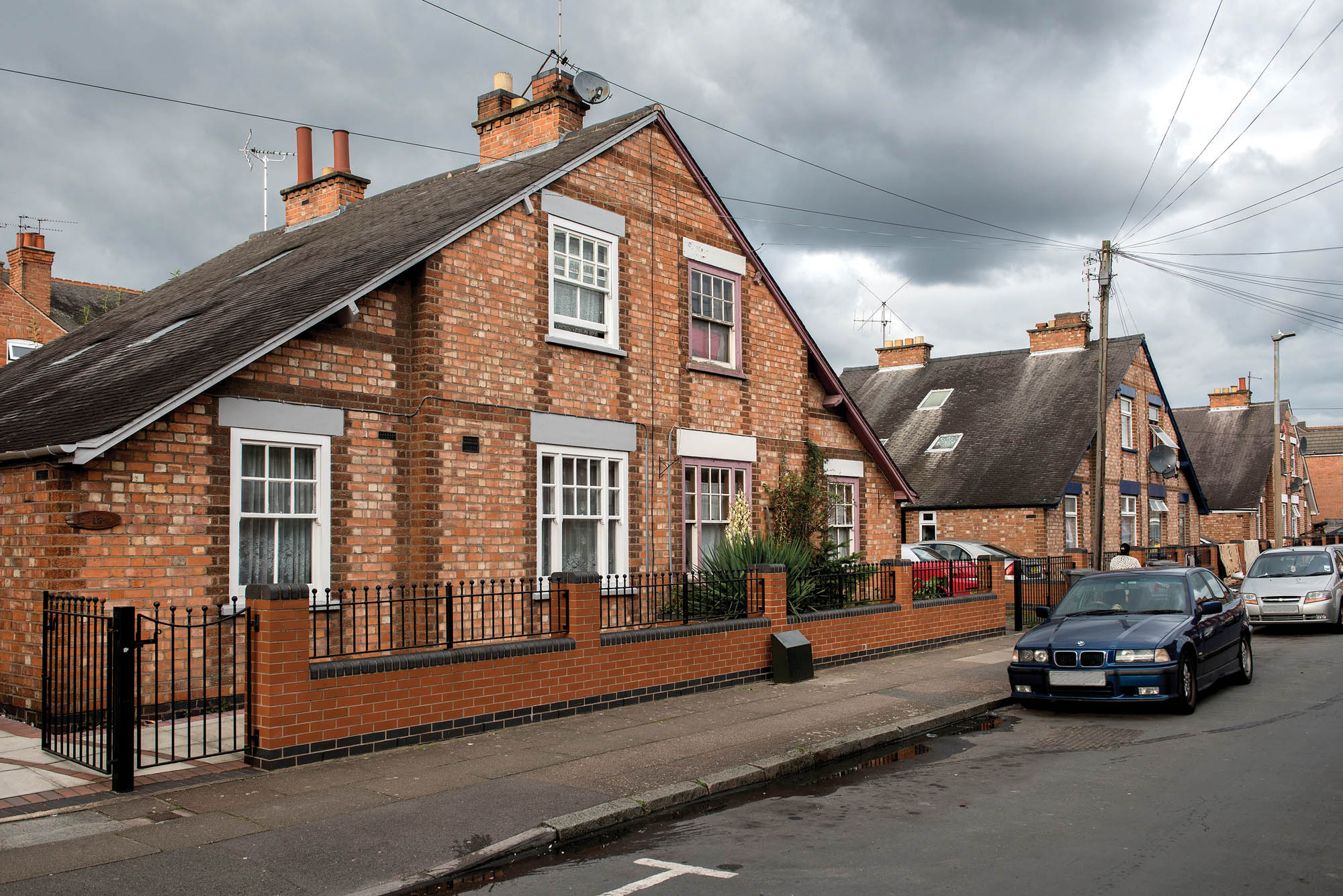
Fumigation
During the 1930s large areas of ‘slum housing’ were demolished in the City Centre particularly around the St Margaret’s area. In 1936 building started on the North Braunstone estate. Many people were re-located to the estate from St Margaret’s parish.
People who moved onto the North Braunstone estate had to have their furniture and bedding fumigated. Before they moved into their new house the City Corporation would take away their furniture and spray it with prussic acid which left a bitter almond smell. The furniture was fumigated to stop the spread of infection although the practice created a stigma of ‘problem families’. These families were thought by other people on the estate to be bringing in dirt and disease.
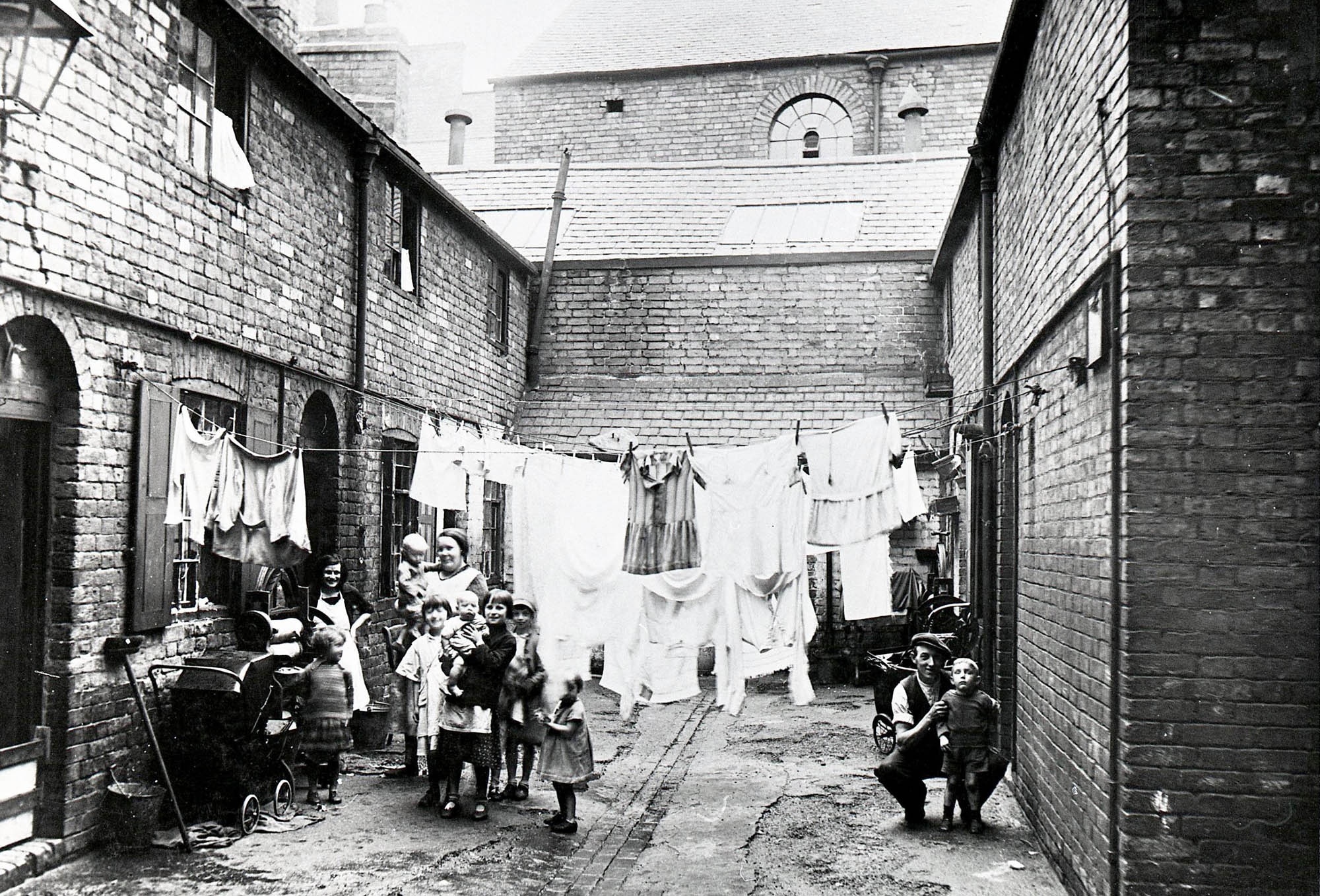
The ‘Prefab’ Houses
After the Second World War the demand for council housing increased dramatically. 10,000 homes were needed for ex-soldiers and their families. A quick solution was the building of temporary pre-fabricated (prefabs) houses. In 1946 the Corporation began erecting the prefabs. They were referred to as ‘Little wooden huts’ and ‘Civvy Nissans’ were erected on the Hinckley Road, Aikman Avenue, New Parks Estate, Ambassador Road (Evington) and Hughenden Drive (Aylestone). A total of 570, two bedroom, prefabs were built and were predicted to last for 10 years.
The prefabs were very popular with tenants. In an article in the Leicester Mercury a tenant from New Parks said “it has all the amenities you could want. Indeed, the bungalows are well designed with two bedrooms, a living room, a large kitchen and a separate bathroom and lavatory”.
By 1970 the high cost of maintaining the prefabs led the Corporation to lead a programme of demolishing the houses. They had exceeded their predicted lifespan by nearly 15 years. Tenants were sad to leave these practical and well-loved properties.
The Right to Buy
In the Housing Act 1980 council tenant’s in England and Wales were given the legal right to purchase their council house if they had been a council tenant for 3 or more years. The scheme offered a discount on the market value of the house. The discount started at 33% (for 3 years tenancy) and went up to a maximum of 50%. Right to Buy applicants were able to apply for mortgages to buy their houses. 9 out 10 Right to Buy purchases were funded with mortgages. By 1987 more than 1,000,000 council houses across the UK had been brought by their tenants.
The Right to Buy scheme still exists in England (it has been abolished in Wales and Scotland). Council tenants of 3 years or more standing can apply to purchase their houses.
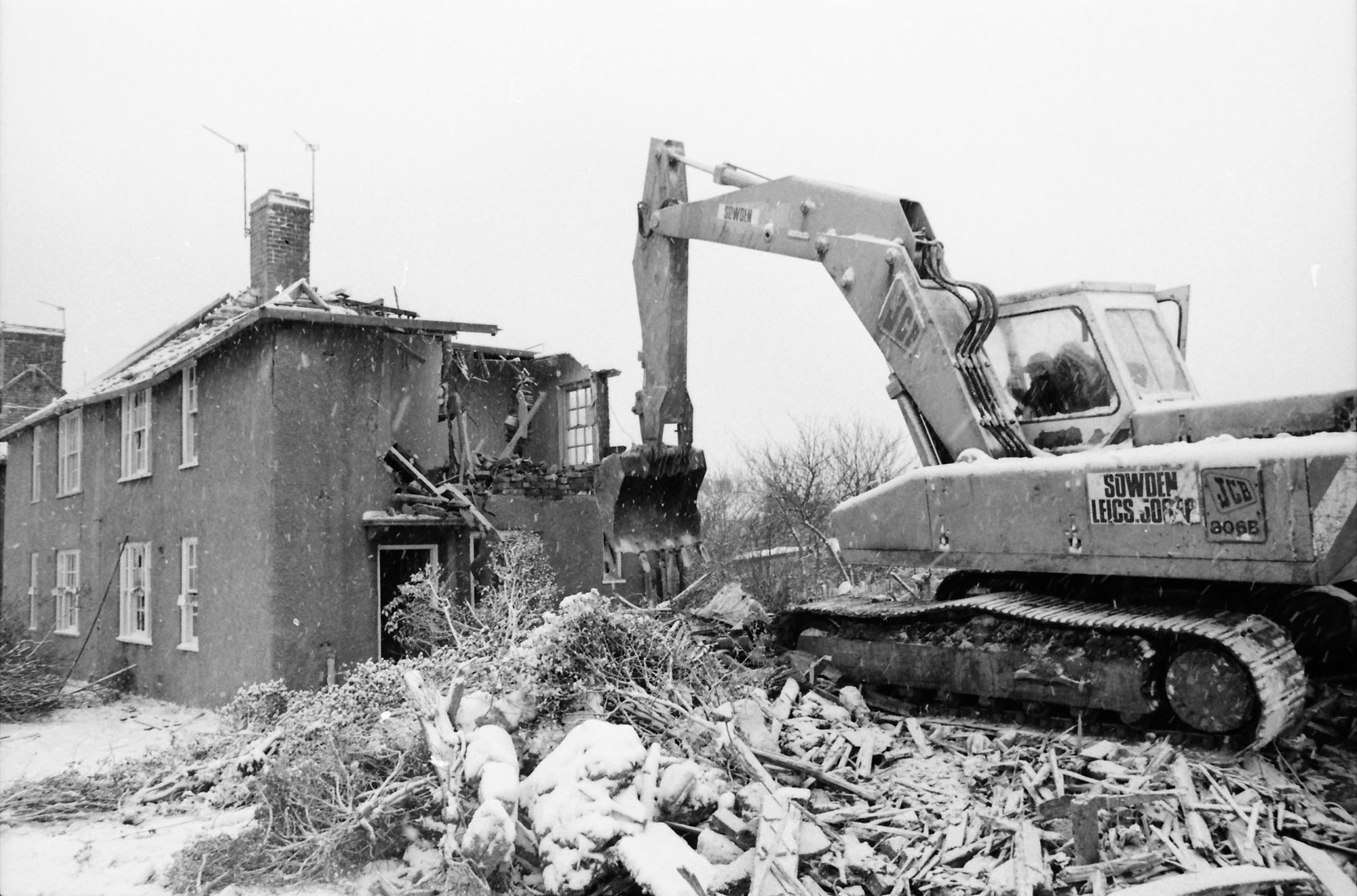
Demolition of the Boot Houses
The concrete ‘Boot’ houses on the Saffron Lane and Braunstone Estates in the early years of their construction developed issues with damp but lasted many years; however, by the 1980s the houses were showing signs of serious structural problems. This was caused by corrosion of the metal reinforcements in the concrete frames and deterioration of the materials that were used to bind the concrete.
In 1983 the Council took the decision to replace the Boot houses. The policy for replacement was ‘one down, one up’. So as one Boot house was demolished a new house would be built in its place. By June 1989 500 Boot houses had been demolished and replaced. In June 1997 the remaining 972 Boot houses were demolished.
Council Housing Today
Today, there are 20,303 council houses across the City. In 2019 phase 1 begins to build 29 new council homes in the Evington, Humberstone & Hamilton, Abbey and Thurncroft wards. The council is also working on phase 2 plans to build over 370 council houses units by 2023.
Gallery
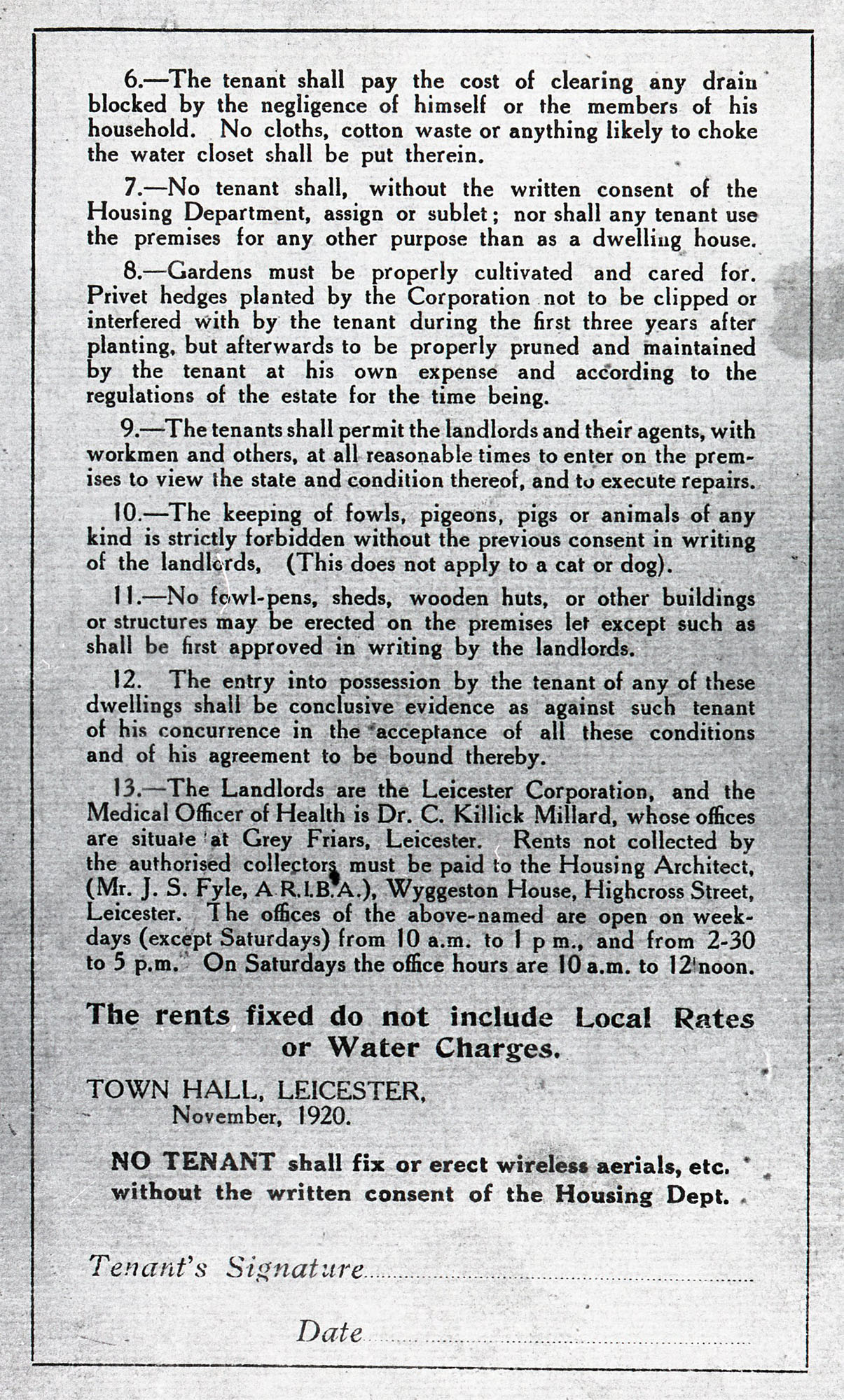
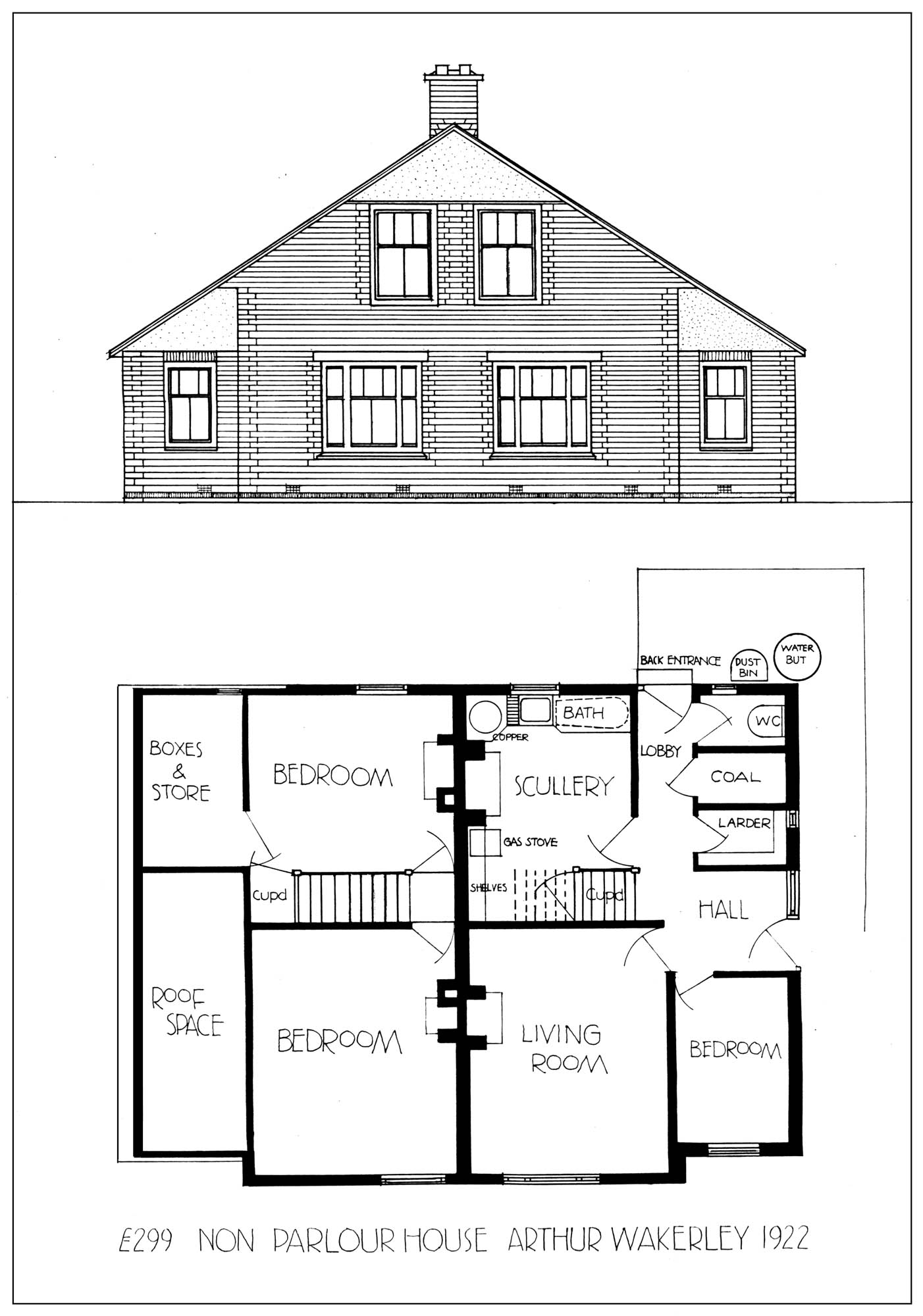
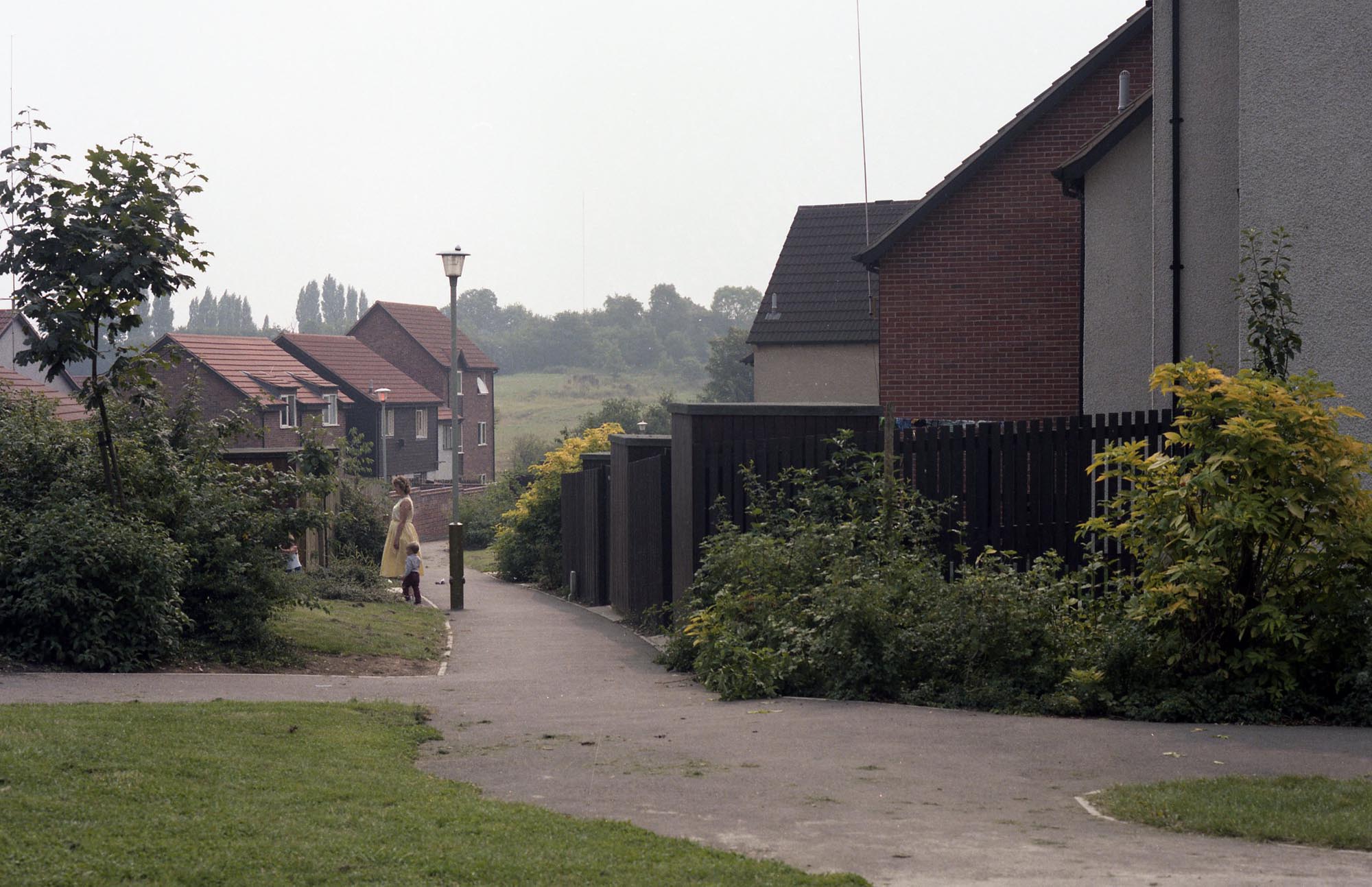
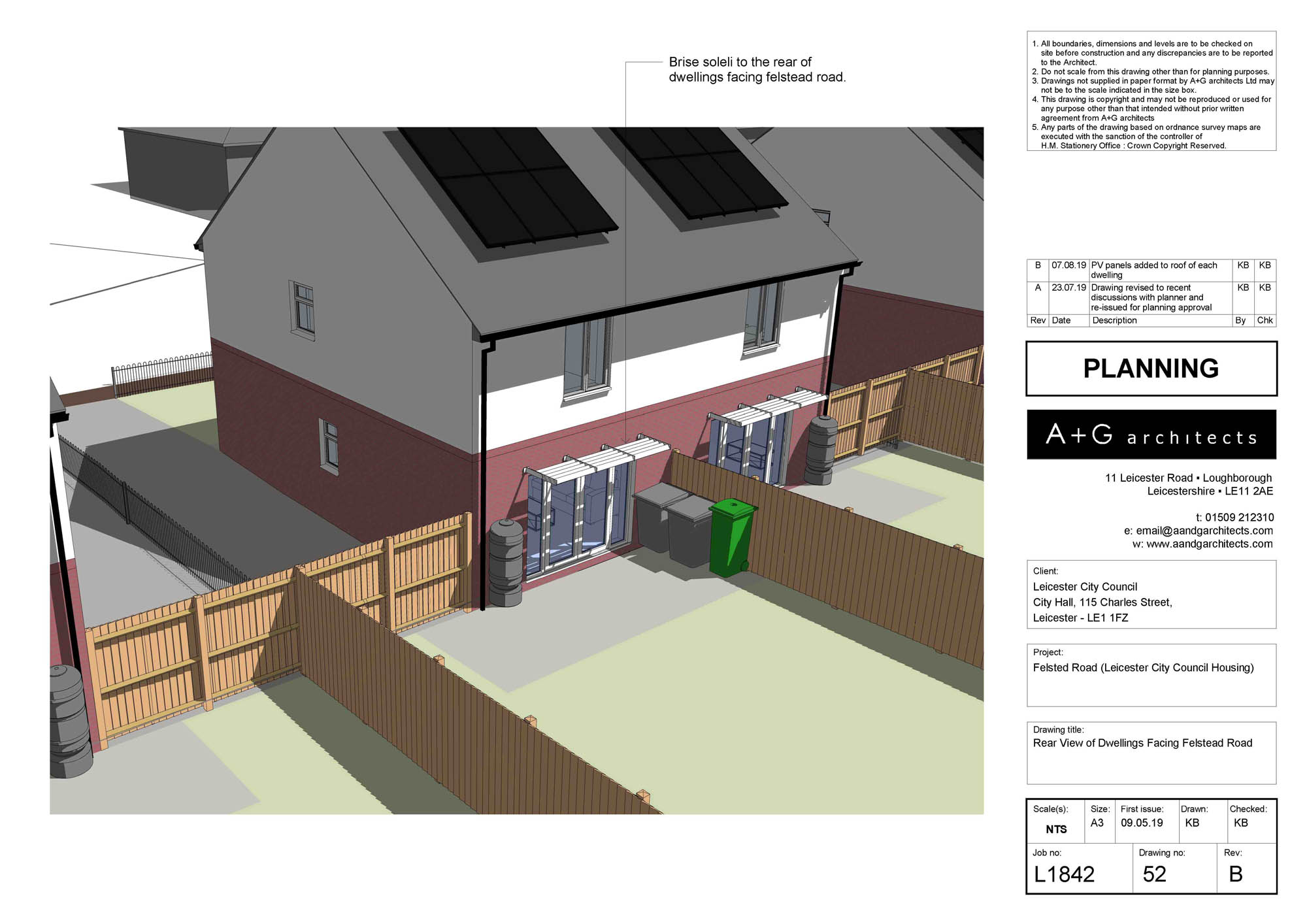
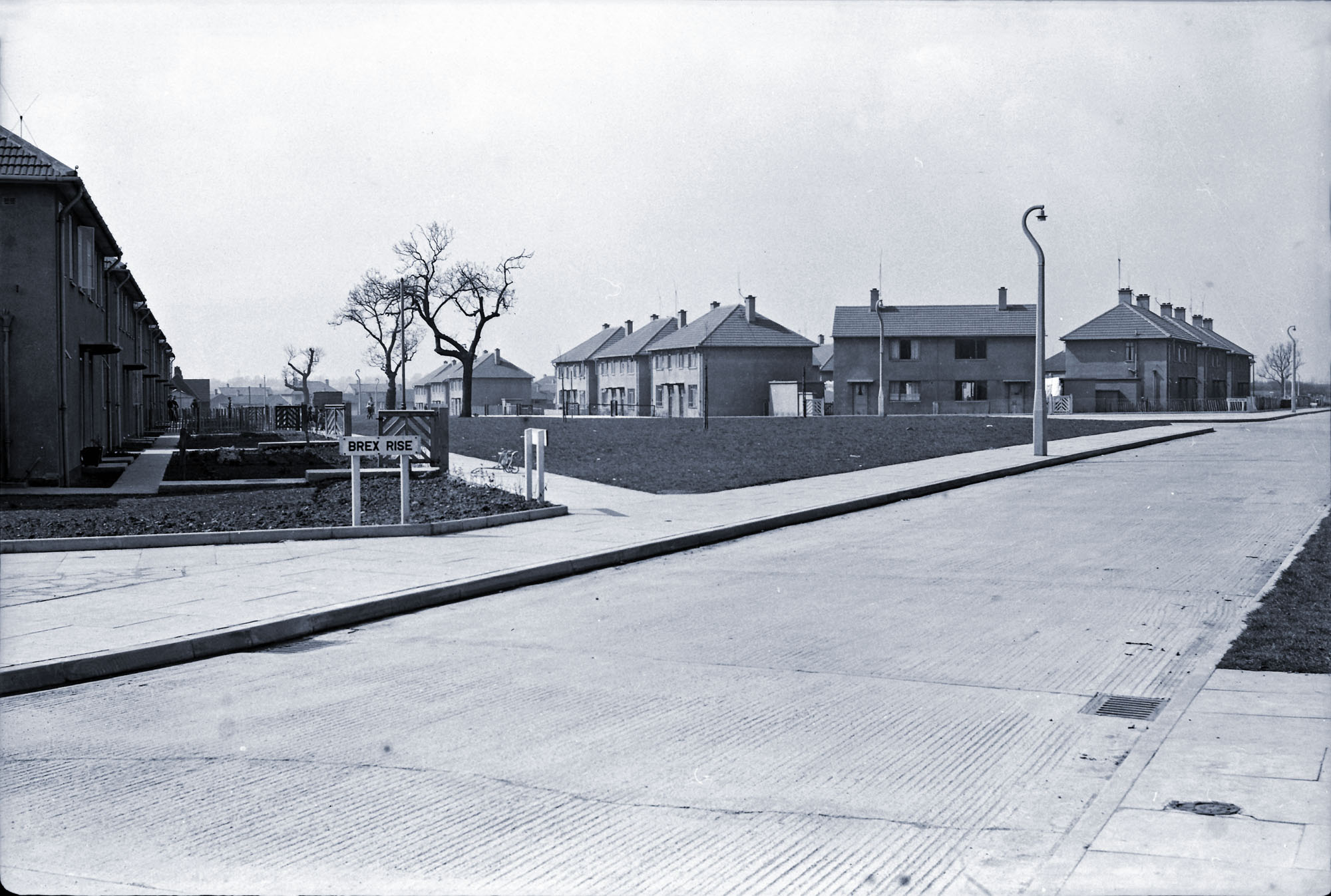
Roman Leicester
(47- 500) A military fort was erected, attracting traders and a growing civilian community to Leicester (known as Ratae Corieltauvorum to the Romans). The town steadily grew throughout the reign of the Romans.
Medieval Leicester
(500 – 1500) The early years of this period was one of unrest with Saxon, Danes and Norman invaders having their influences over the town. Later, of course, came Richard III and the final battle of the Wars of the Roses was fought on Leicester’s doorstep.
-
The Castle Motte1068

-
Leicester Cathedral1086

-
St Mary de Castro1107

-
Leicester Abbey1138

-
Leicester Castle1150

-
Grey Friars1231

-
The Streets of Medieval Leicester1265

-
Leicester Market1298

-
Trinity Hospital and Chapel1330

-
Bow Bridgecirca 1350

-
Church of the Annunciation1353

-
John O’Gaunt’s Cellar1361

-
St John's Stone1381

-
Leicester Guildhall1390

-
The Magazine1400

-
The Blue Boar Inn1400

-
The High Cross1577

Tudor & Stuart Leicester
(1500 – 1700) The wool trade flourished in Leicester with one local, a former mayor named William Wigston, making his fortune. During the English Civil War a bloody battle was fought as the forces of King Charles I laid siege to the town.
Georgian Leicester
(1700 – 1837) The knitting industry had really stared to take hold and Leicester was fast becoming the main centre of hosiery manufacture in Britain. This new prosperity was reflected throughout the town with broader, paved streets lined with elegant brick buildings and genteel residences.
-
Great Meeting Unitarian Chapel1708

-
The Globe1720

-
17 Friar Lane1759

-
Black Annis and Dane Hills1764

-
Leicester Royal Infirmary1771

-
New Walk1785

-
Freemasons’ Hall1790

-
Gaols in the City1791

-
Friars Mill1794

-
City Rooms1800

-
Development of Highfields1800

-
Wesleyan Chapel1815

-
20 Glebe Street1820

-
Charles Street Baptist Chapel1830

-
Glenfield Tunnel1832

-
James Cook1832

Victorian Leicester
(1837 – 1901) The industrial revolution had a huge effect on Leicester resulting in the population growing from 40,000 to 212,000 during this period. Many of Leicester's most iconic buildings were erected during this time as wealthy Victorians made their mark on the town.
-
Leicester Union Workhouse1839

-
Campbell Street and London Road Railway Stations1840

-
The Vulcan Works1842

-
Belvoir Street Chapel1845

-
Welford Road Cemetery1849

-
Leicester Museum & Art Gallery1849

-
King Street1850

-
Cook’s Temperance Hall & Hotel1853

-
Amos Sherriff1856

-
Weighbridge Toll Collector’s House1860

-
4 Belmont Villas1862

-
Top Hat Terrace1864

-
Corah and Sons - St Margaret's Works1865

-
Kirby & West Dairy1865

-
The Clock Tower1868

-
Wimbledon Works1870

-
The Leicestershire Banking Company1871

-
St Mark’s Church and School1872

-
Victorian Turkish Baths1872

-
The Town Hall1876

-
Central Fire Stations1876

-
Aylestone Road Gas Works and Gas Museum1879

-
Gas Workers Cottages1879

-
Leicestershire County Cricket Club1879

-
Welford Road Tigers Rugby Club1880

-
Secular Hall1881

-
Development of Highfields1800

-
Abbey Park1881

-
Abbey Park Buildings1881

-
Victoria Park and Lutyens War Memorial1883

-
Leicester Fosse FC 18841884

-
Leicester Coffee and Cocoa Company Coffee Houses1885

-
St Barnabas Church and Vicarage1886

-
Abbey Pumping Station1891

-
Luke Turner & Co. Ltd.1893

-
West Bridge Station1893

-
Thomas Cook Building1894

-
The White House1896

-
Alexandra House1897

-
Leicester Boys Club1897

-
Grand Hotel and General Newsroom1898

-
Highfield Street Synagogue1898

-
Western Park1899

-
Asfordby Street Police Station1899

-
Leicester Central Railway Station1899

Edwardian Leicester
(1901 – 1910) Electric trams came to the streets of Leicester and increased literacy among the citizens led to many becoming politicised. The famous 1905 ‘March of the Unemployed to London’ left from Leicester market when 30,000 people came to witness the historic event.
-
YMCA Building1900

-
The Palace Theatre1901

-
Pares's Bank1901

-
Coronation Buildings1902

-
Halfords1902

-
High Street1904

-
George Biddles and Leicester's Boxing Heritage1904

-
Municipal Library1905

-
Leicester Boys Club1897

-
The Marquis Wellington1907

-
Guild Hall Colton Street1909

-
Women's Social and Political Union Shop1910

-
Turkey Café1901

Early 20th Century Leicester
(1910 – 1973) The diverse industrial base meant Leicester was able to cope with the economic challenges of the 1920s and 1930s. New light engineering businesses, such as typewriter and scientific instrument making, complemented the more traditional industries of hosiery and footwear manufacturing.
-
Dryad Handicrafts1912

-
De Montfort Hall1913

-
Leicester During the First World War1914

-
Fox’s Glacier Mints1918

-
Statue of Liberty1919

-
Housing in Saffron Lane1924

-
Winstanley House1925

-
Housing in North Braunstone1926

-
Lancaster Road Fire Station1927

-
The Little Theatre1930

-
Saffron Hill Cemetery1931

-
Braunstone Hall Junior School1932

-
Former City Police Headquarters1933

-
Savoy Cinema1937

-
Eliane Sophie Plewman1937
-
City Hall1938

-
Athena - The Odeon Cinema1938

-
The Blitz in Highfields1940

-
Freeman, Hardy and Willis - Leicester Blitz1940

-
Leicester Airport1942

-
Leicester’s Windrush Generations1948

-
Netherhall Estate1950
-
Housing at Eyres Monsell1951

-
Silver Street and The Lanes1960

-
Bostik1960

-
Auto-Magic Car Park (Lee Circle)1961

-
University of Leicester Engineering Building1963

-
Sue Townsend Theatre1963

-
Central Mosque1968

-
Belgrave Flyover1973

Modern Leicester
(1973 – present day) Industry was still thriving in the city during the 1970s, with the work opportunities attracting many immigrants from all over the world. While industry has declined in recent years, excellent transport links have made Leicester an attractive centre for many businesses. The City now has much to be proud of including its sporting achievements and the richness of its cultural heritage and diversity.
-
Haymarket Theatre1973

-
The Golden Mile1974

-
Acting Up Against AIDS1976

-
Belgrave Neighbourhood Centre1977

-
Diwali in Leicester1983

-
Leicester Caribbean Carnival1985

-
Samworth Brothers1986

-
Jain Centre1988

-
Guru Nanak Dev Ji Gurdwara1989

-
King Power Stadium2002

-
LCB Depot2004

-
Curve2008

-
BAPS Shri Swaminarayan Mandir2011

-
Makers Yard2012

- Roman Leicester
- Medieval Leicester
- Tudor & Stuart Leicester
- Georgian Leicester
- Victorian Leicester
- Edwardian Leicester
- Early 20th Century Leicester
- Modern Leicester















































































































































